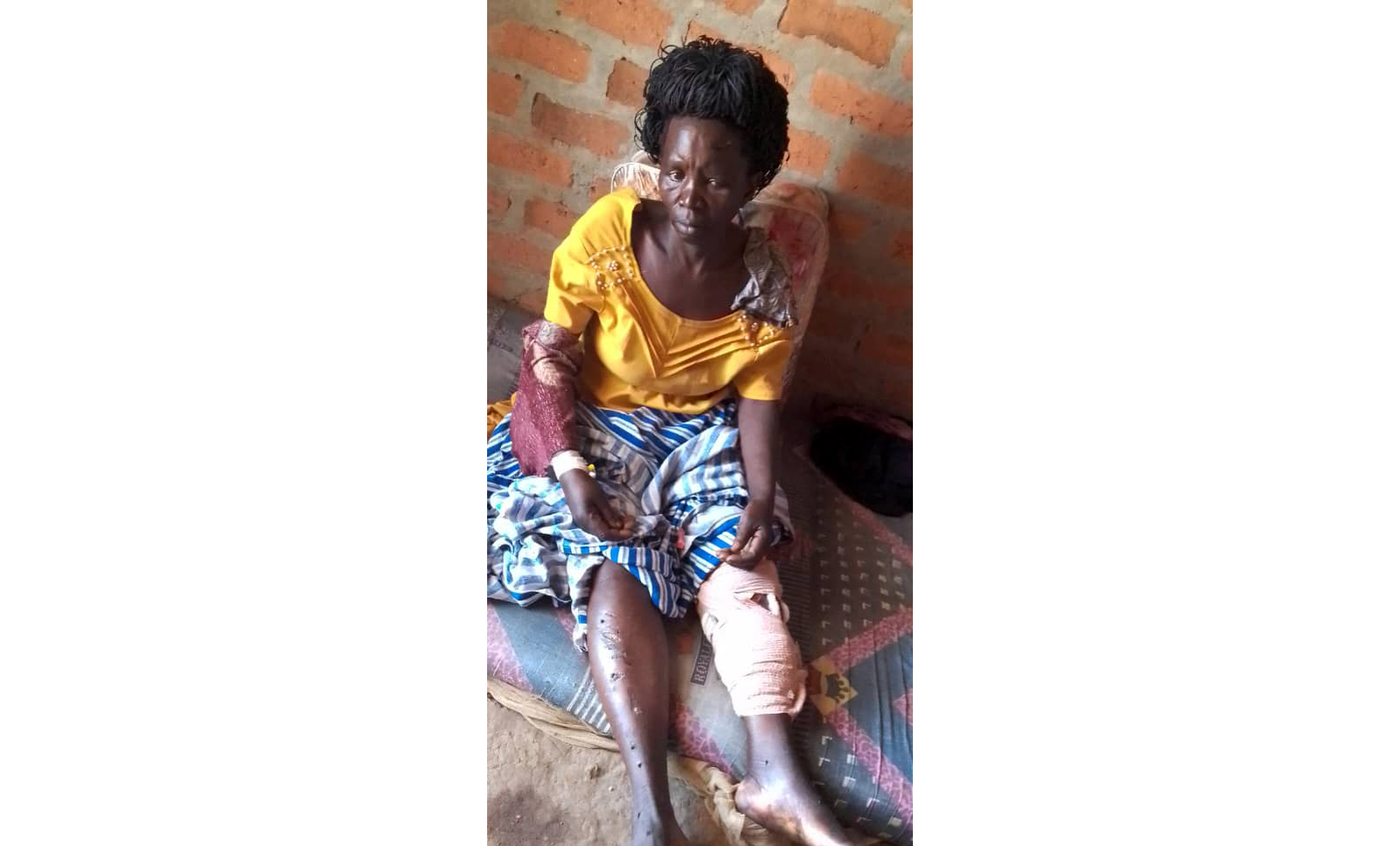Prime
How many children have to die on roads for us to wake up?

What you need to know:
- She lost both arms in a road crash a few metres away from Mukono Police Station when a boda boda she was travelling on got entangled with a speeding truck in the evening hours.
A year ago, I visited a family in Lugazi Municipality in Buikwe District where they had borrowed from every person they knew and sold almost every valuable item in their vicinity to treat their teenage daughter Ruth Nalubega. She lost both arms in a road crash a few metres away from Mukono Police Station when a boda boda she was travelling on got entangled with a speeding truck in the evening hours.
I could visibly and vividly see and feel the pain they were going through seeing the promising future of their daughter coming to a standstill. I was informed that Ruth was on a boda boda when a speeding truck hit them from the opposite direction and she fell into its tyres which cut off both of her arms.
Before and after my interaction with Ruth and her family, I had read and still continue to see, read and watch pictures as well as police statements of children who are killed or injured on their way to school or home. Even though the first academic term of this year found me when I was in Europe for studies, my social media pages would often greet me with pictures of children knocked dead in duos, triples, and quartets in various parts of the country. I reached a point and started fearing checking or reading messages in the various WhatsApp groups I joined before I travelled to Oslo, Norway.
It was always pictures of children’s tiny bodies crashing dead as well as wailing parents, relatives and classmates.
On the contrary, in Oslo and other cities I visited in the Scandinavian world, I did not see any children knocked dead or injured on the roads. Most of the children go to schools which are just metres away from their homes and their parents drop or pick them up on foot. But in Uganda, a parent leaves a school that is a stone’s throw from her home and takes the child to a school where he or she has to be woken up at 3am in order to catch time. Many parents load children on boda bodas to take them to schools which are several kilometres away from their homes.
Other than schools being near the children’s home in Oslo, their youngster’s walkways are secured unlike ours where a five-year-old is tussling for space with a motorcycle, a taxi, a bus, a lorry, a truck and a trailer. In Oslo, I never heard anyone hooting at me at a Zebra crossing. In fact, all sorts of vehicles including trams (train) would often stop for me to cross regardless. But in Uganda, children are getting knocked at demarcated Zebra crossings.
I recently read a story where the head teacher of Kitante Primary School said 18 of her pupils were knocked and injured in the first term of this academic year. This is evident that drivers and motorcyclists do not have respect for the youngsters on the road.
Uganda does need magic to do what I saw in the Scandinavian world. Parents do not need to read science books to put children in schools that are near them as this minimises the risks they are being exposed to by trekking miles to school. The Ugandan government doesn’t need Isaac Newton’s laws or Russian missiles to know that on average we are losing the lives of two children on roads every day.
The World Health Organisation (WHO) lists children among the vulnerable road users followed by pedestrians, cyclists, and motorcyclists. These bear the brunt of these crashes, accounting for approximately 70 percent of road traffic deaths, caused by, among others, driving beyond speed limits, non-compliance with traffic signs, and failure to observe special zones like school areas.
According to WHO, traffic crashes are the leading cause of death among children and youth between 5 to 29 years, surpassing causes like HIV/Aids and diarrhoea. In the Ugandan context, the traffic report of 2022 shows 650 children below 18 years died while 907 children survived with serious injuries. In 2021, 600 children perished on Ugandan roads, in 2020, at least 628 children died on the roads.
These figures on children dying on our roads every day signify the call for safe mobility for school-going children and for establishing safe school zones namely around schools where students, parents, and staff cross, walk, cycle, or play.
Establishing school zones involves placing school signs and implementing reduced speed limits, typically 30 km/h in high-income countries and 50 km/h in low and middle-income countries.
School zones differ from student catchment areas or enrollment boundaries. Catchment areas refer to the geographical areas from which students are eligible to attend a particular school, encompassing various zones such as school sports zones and academic zones. The catchment area is typically larger than the school zone.
Therefore, let’s push for safe mobility for our children and also get involved in ensuring a 30km/h speed regulation in all school zones and sensitising communities on safety. These efforts could protect your child and others from being part of this year’s traffic statistics.
Mr Joseph Kato is a road safety advocate, HOVITA publicist and also managing editor of Daily Press Uganda, a media, consultancy and research company.




